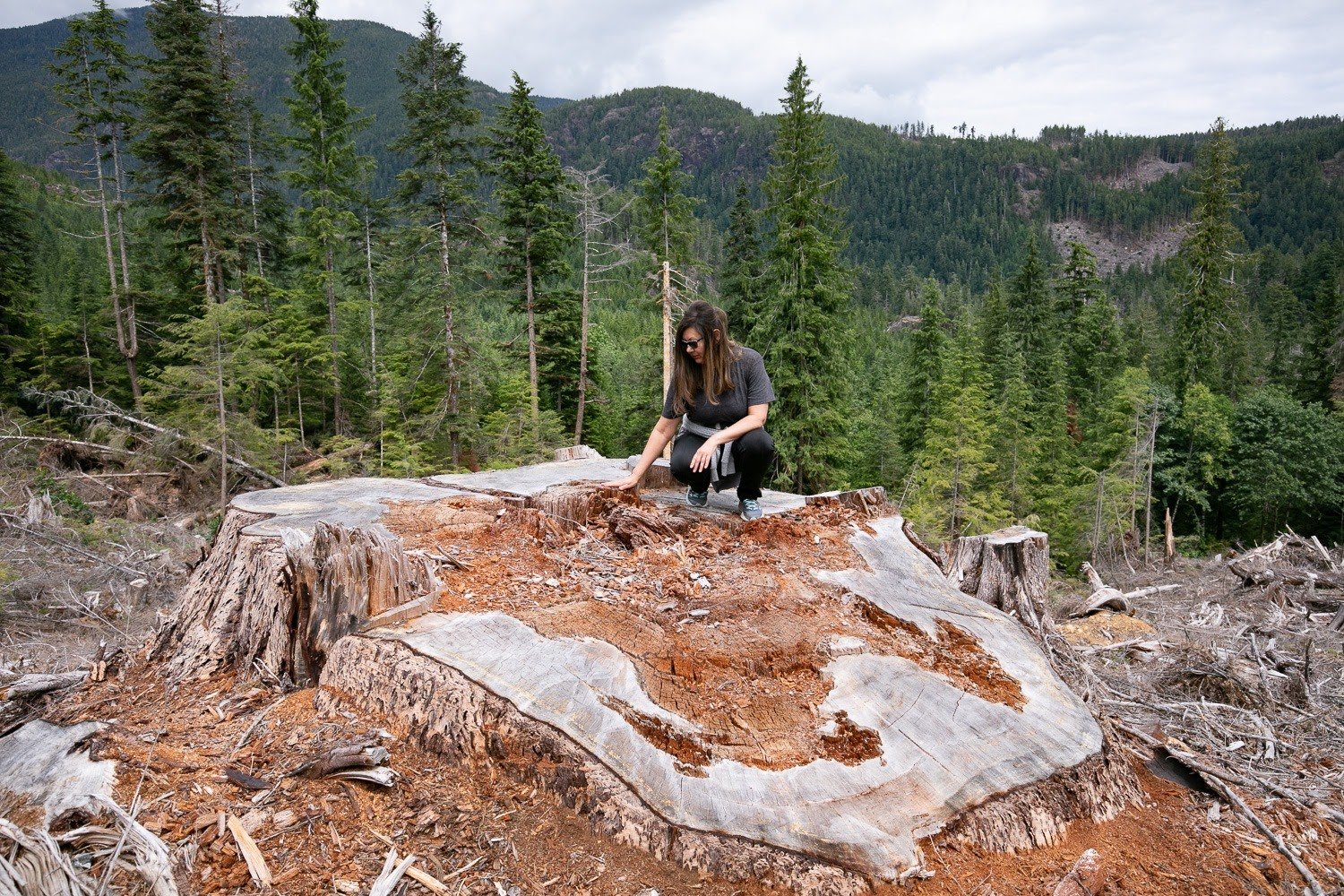Preface. Move over semi-trucks. You are not the most important truck in the world, even though I gave you the starring role in “When Trucks Stop Running”. What really matters are the trucks that grow our fuel: Food.
And mining trucks to get materials to make trucks, logging for fuel and infrastructure, tanks to fight wars (ugh!) and many others.
This post is mainly about off-road trucks, which are as essential for civilization as the trucks hauling goods over roads. This post is also about how amazing diesel and diesel engines are. Off-road trucks and equipment present an even larger challenge than on-road trucks to electrification because they are often far from the grid. Though anything other than a drop-in fuel faces the same problem: a completely new distribution system would be required for hydrogen and other alternatives.
Retrofitting off-road trucks with some other kind of propulsion than diesel is also hard since each kind of truck or equipment is custom made for a specific purpose, they aren’t mass-produced like cars. This makes it hard to transfer technology because it costs a great deal more to custom-build and modify.
Whatever energy source is used to move 40 ton trucks uphill has to be quite powerful, and with diesel second only to uranium in energy density, the alternative may only exist in another universe with different physical laws.
***
DTF. June 2003. Diesel-Powered Machines and Equipment: Essential Uses, Economic Importance and Environmental Performance. Diesel Technology Forum.
Excerpts:
The diesel engine is the backbone of the global economy because it is the most efficient internal combustion engine – producing more power and using less fuel than other engines.
…click on the above link to read the rest…













